Alex
May 29, 2016
Alex in a box.
May 24, 2016
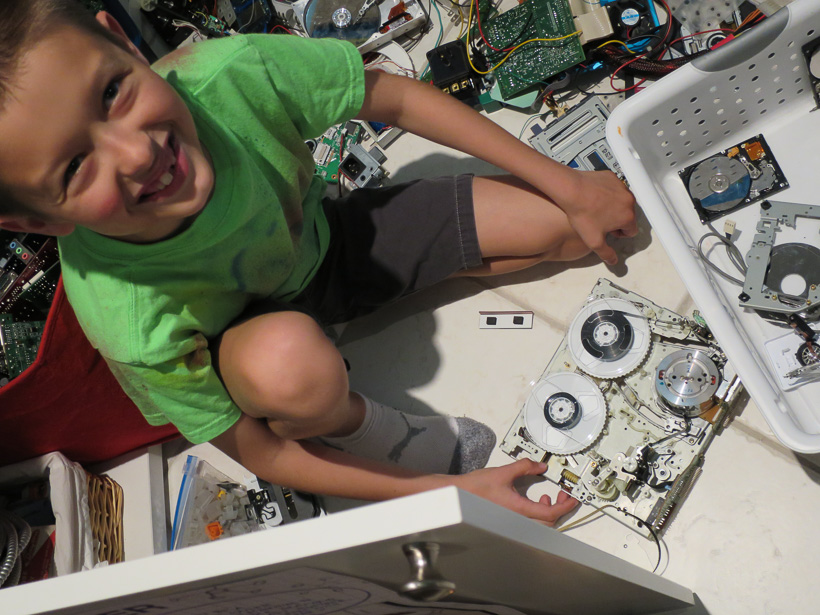
May 22, 2016
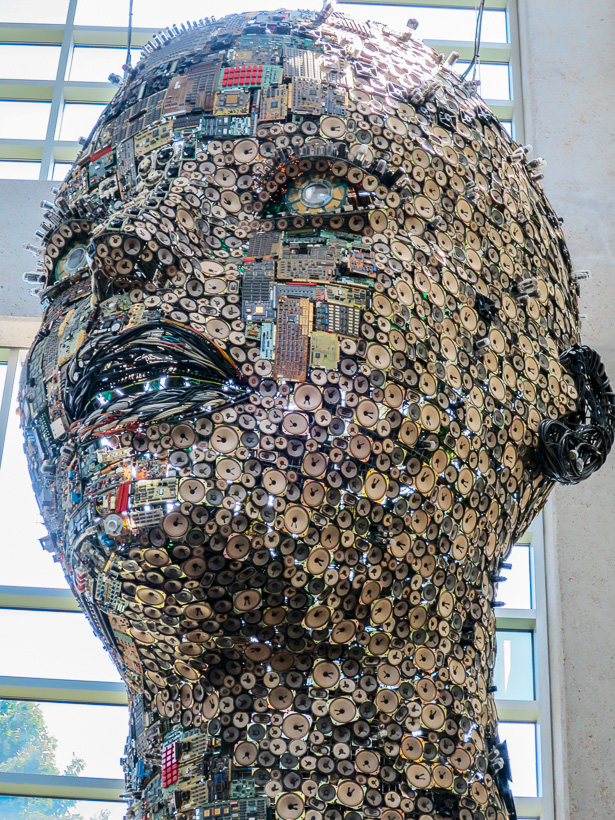
We received a tour of Houston Public Media (Houston PBS and Houston Public Radio) from radio host Eric Landau. Eric answered all of the kids' questions, going into as much detail as they wanted. (And of course Alex wanted lots of detail.)

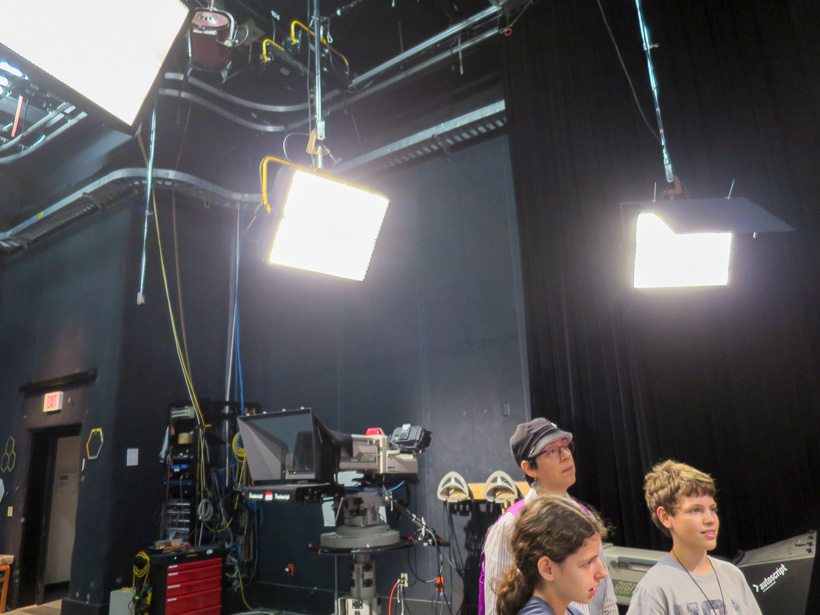
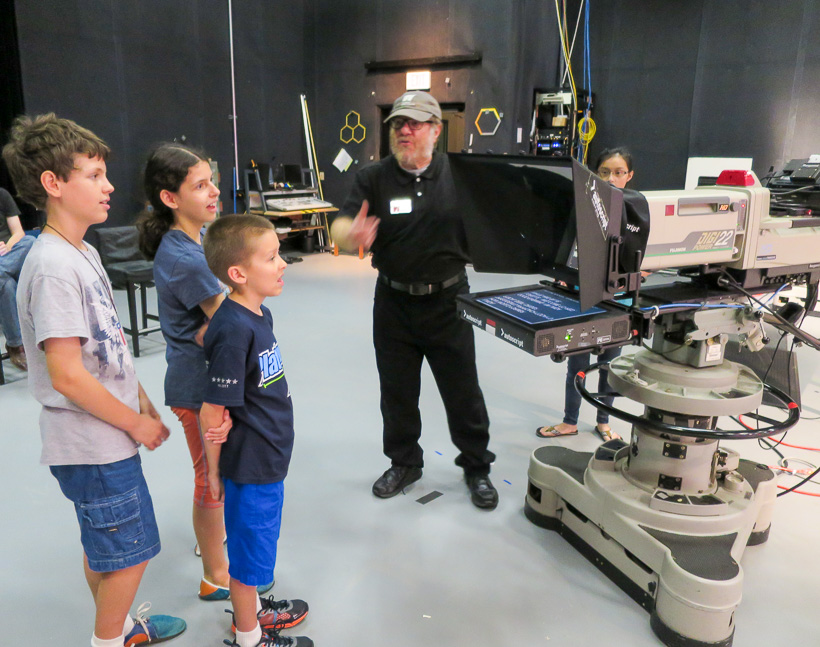
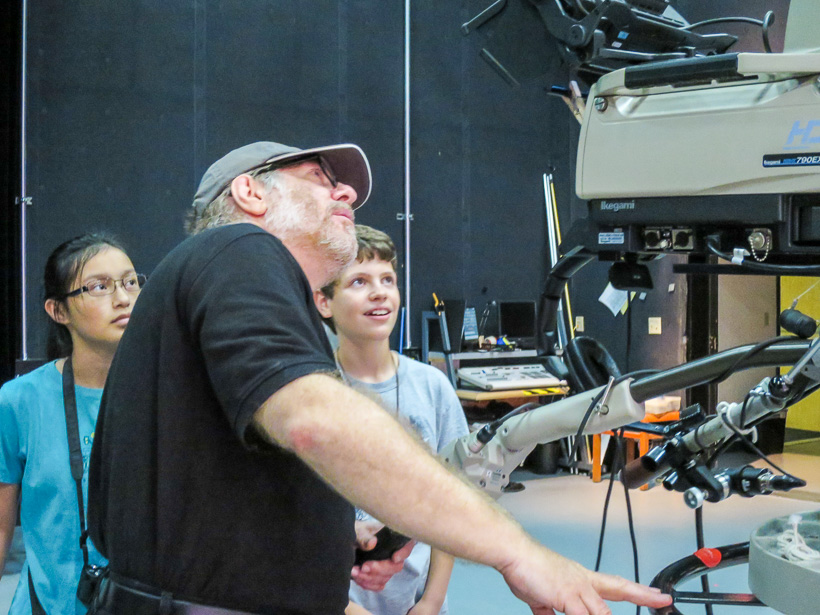
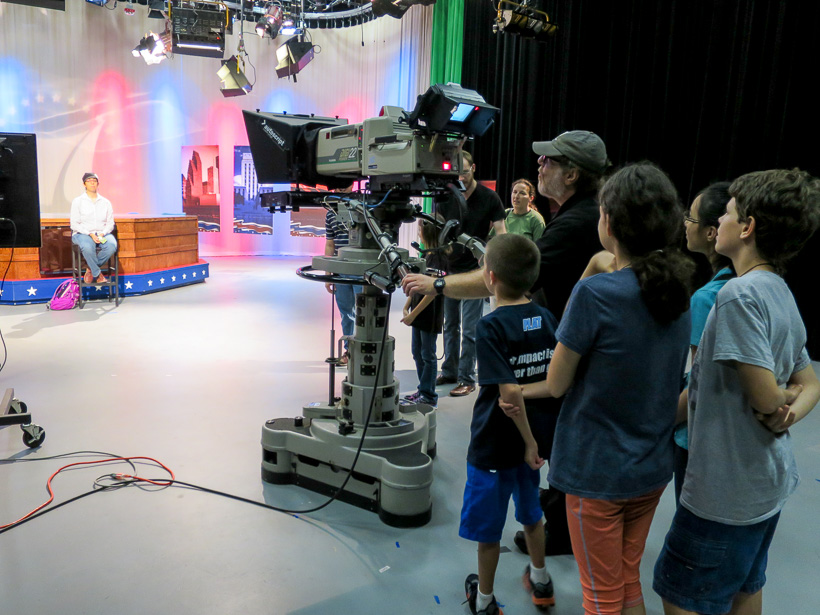


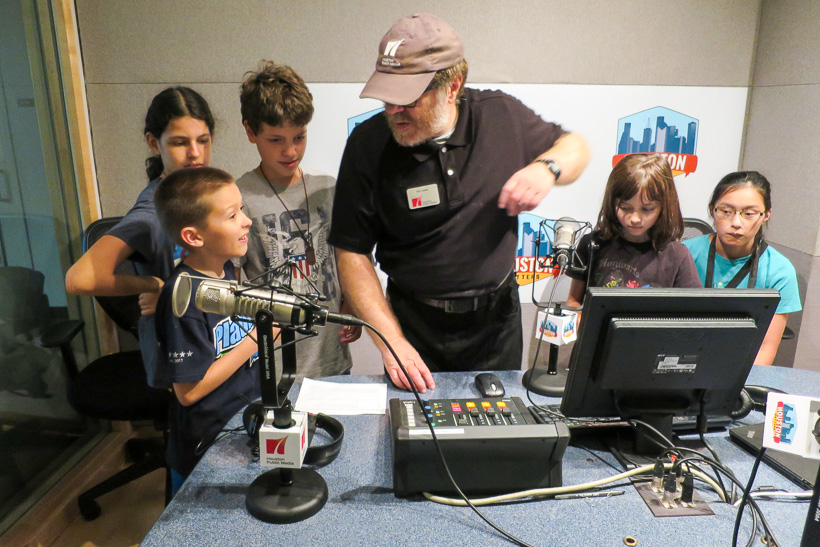
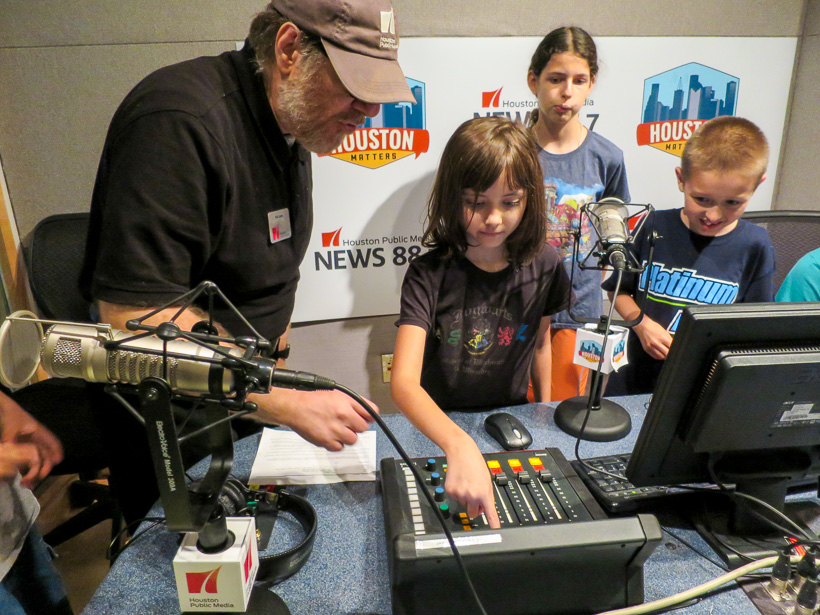
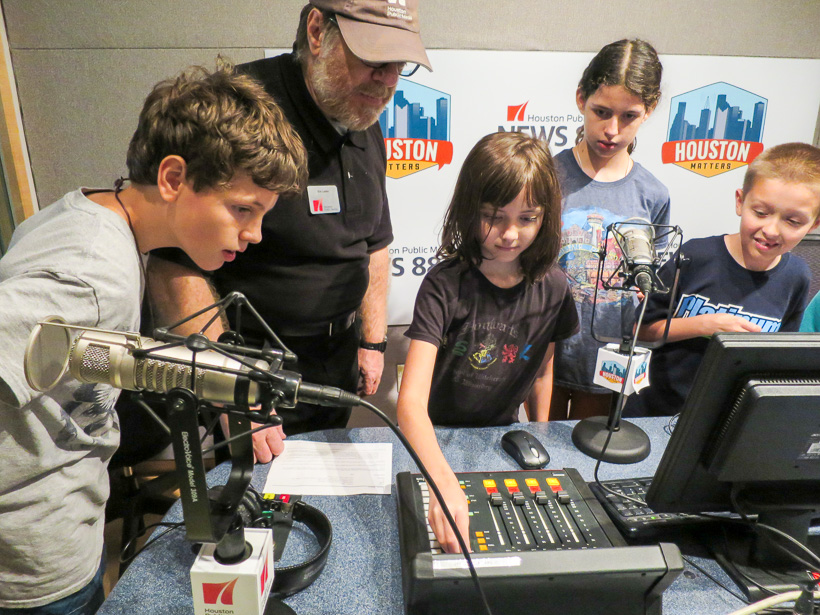
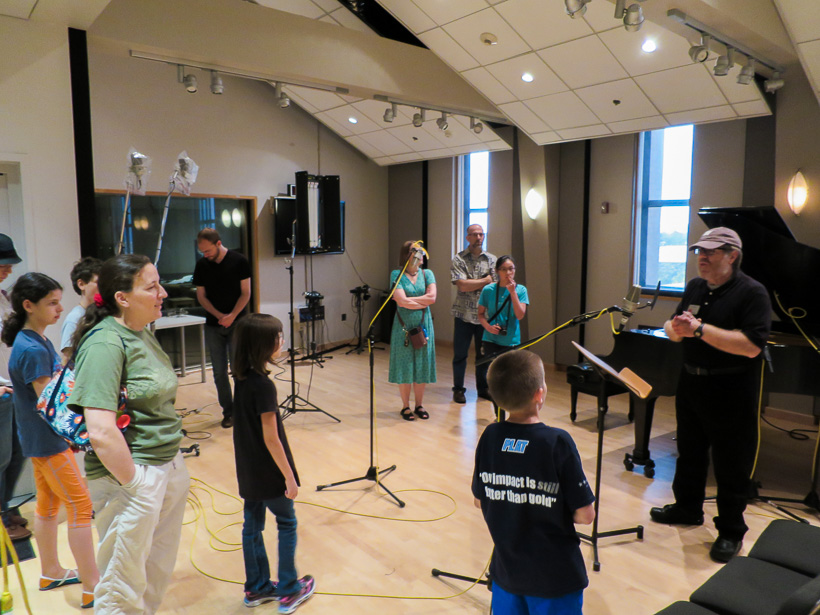
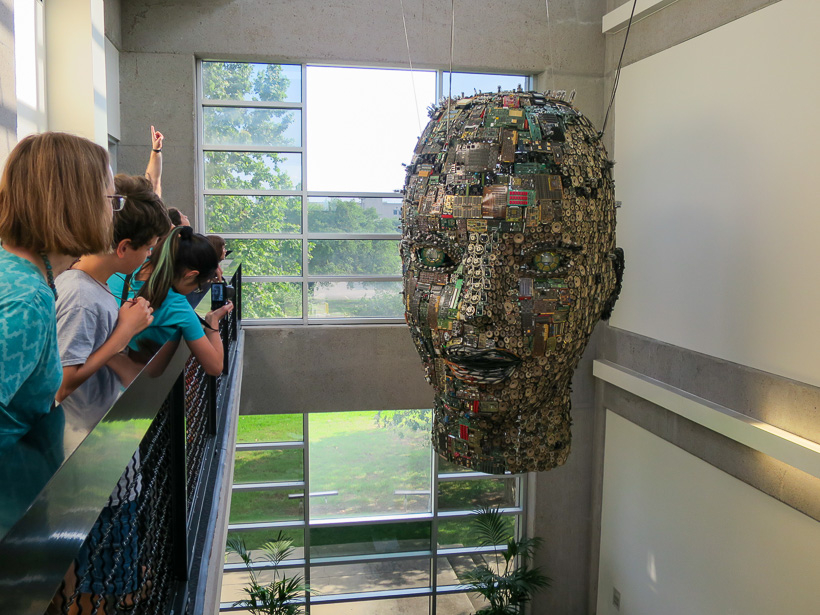
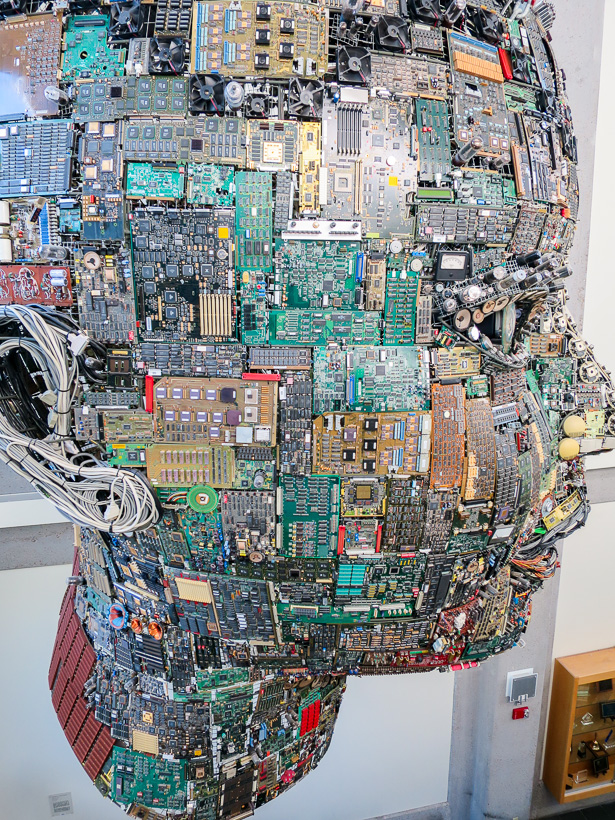
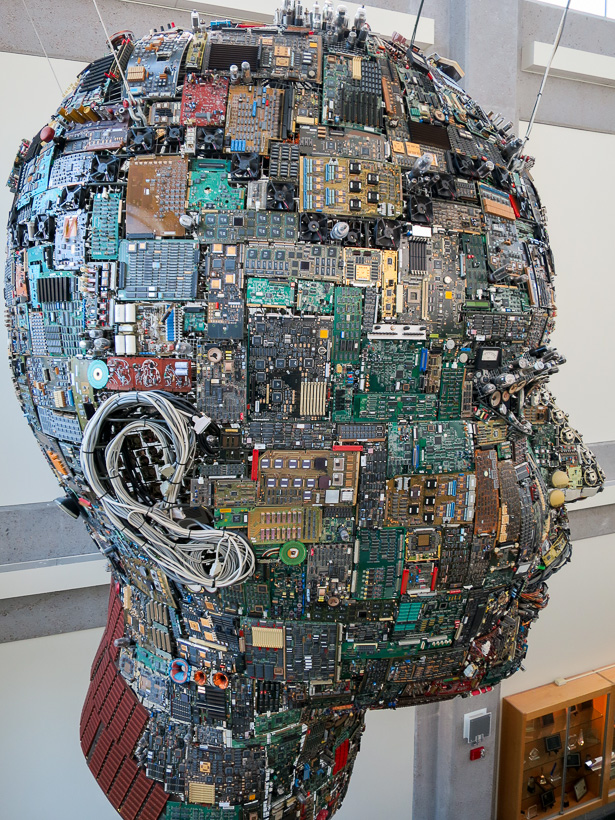
May 21, 2016
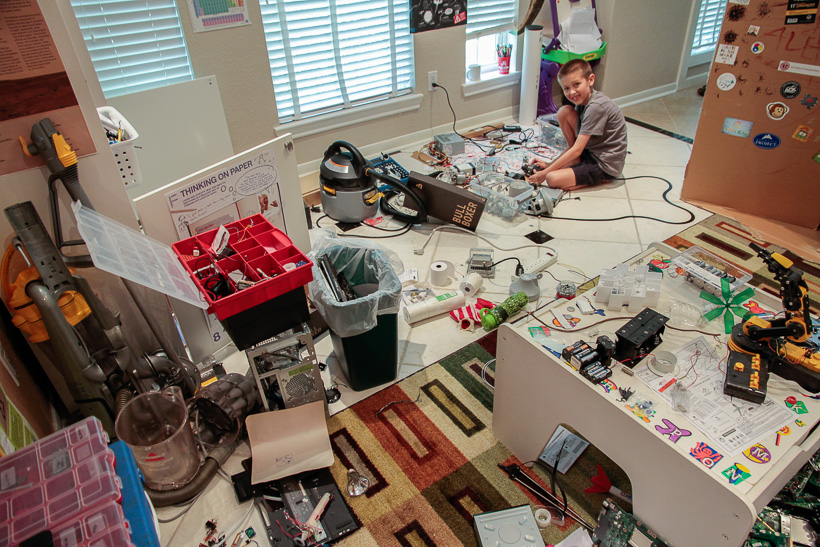
April 09, 2016
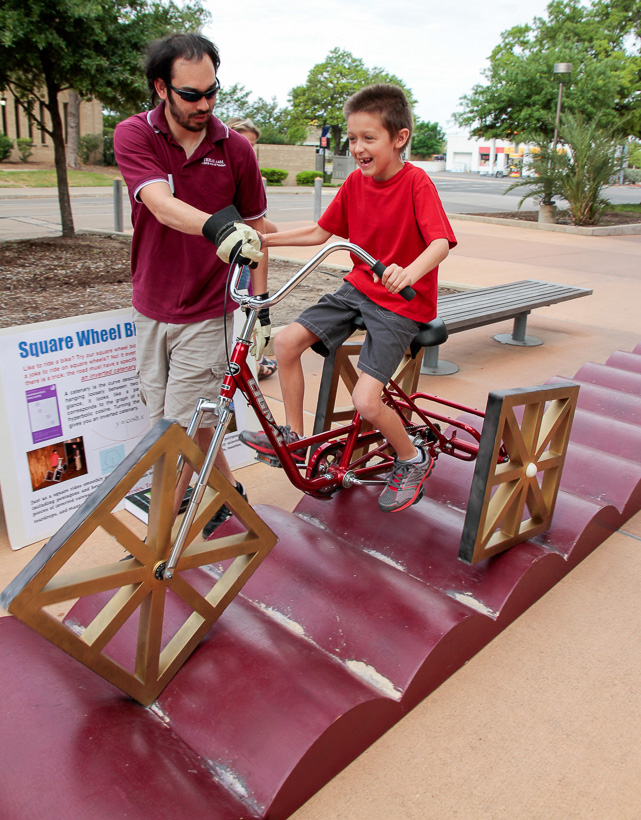
Fifth year Alex has been to the Texas A&M Physics Festival
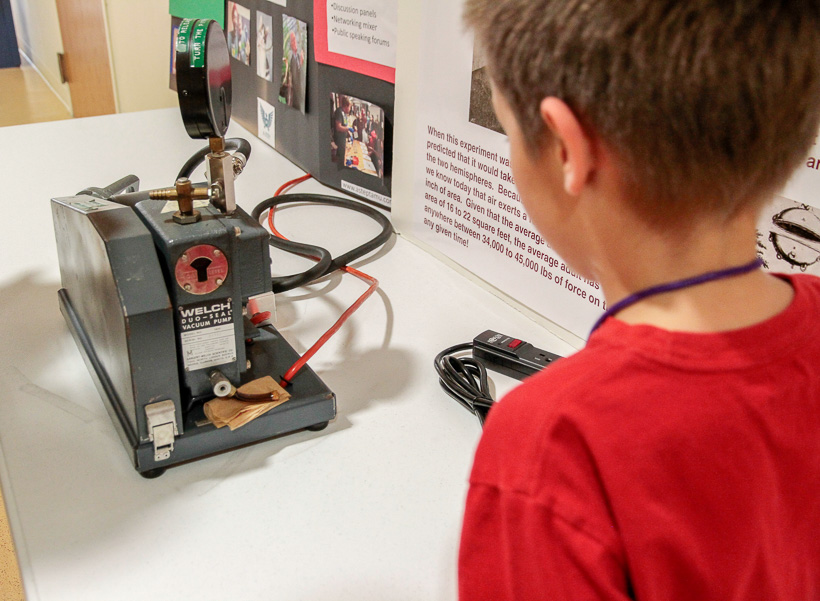
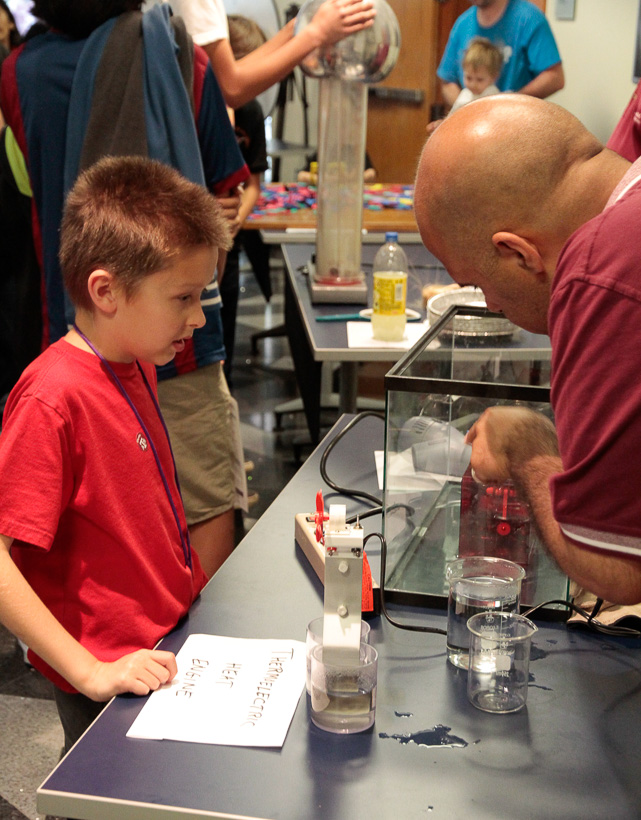
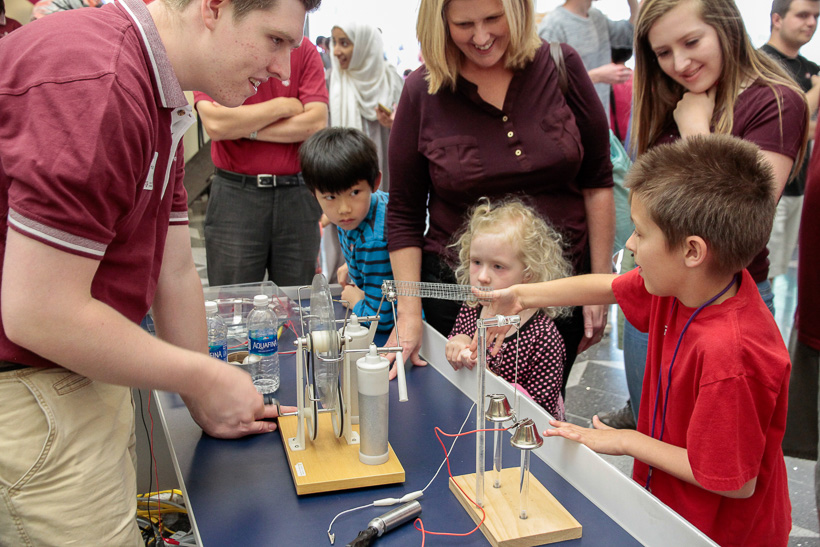
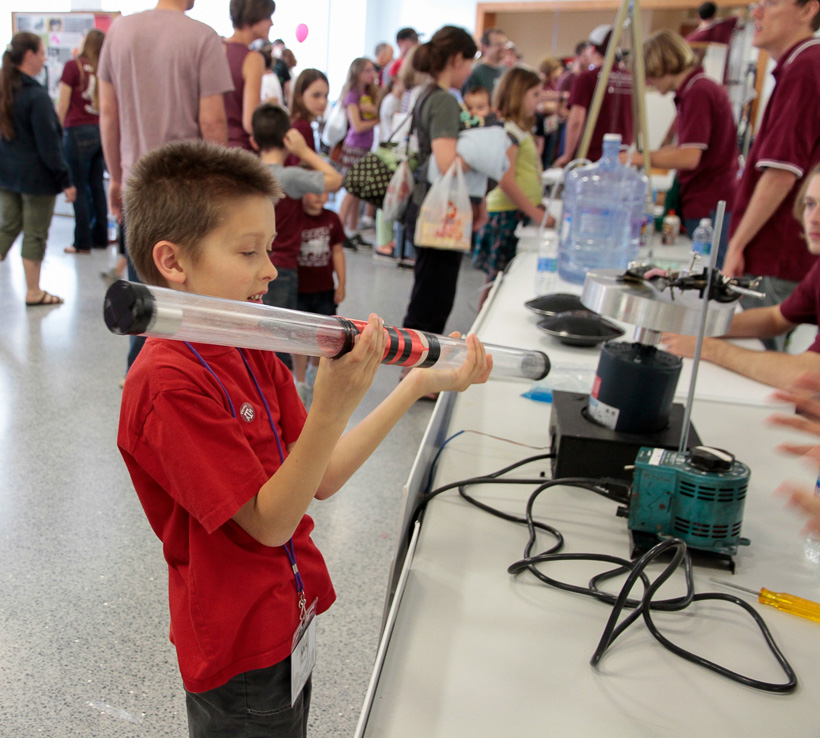
March 27, 2016


January 30, 2016
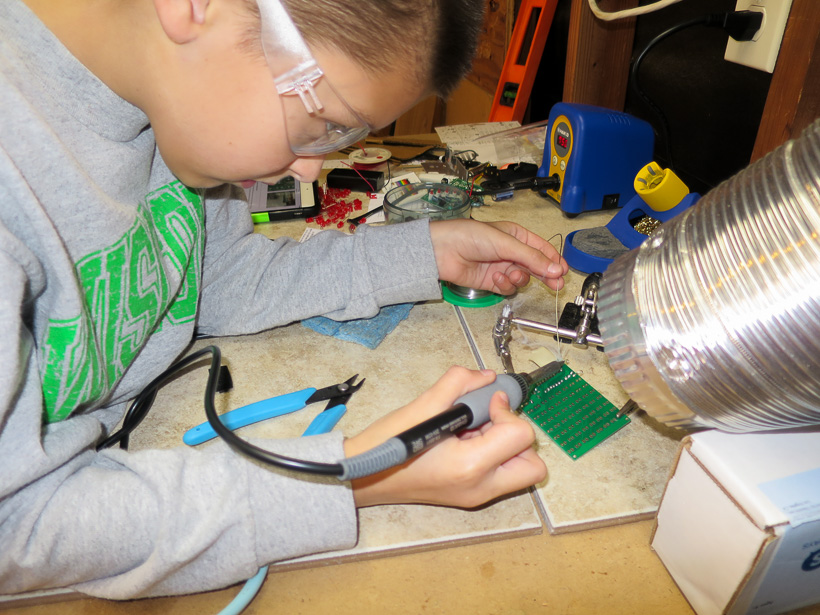
January 16, 2016
Alex soldering a programmable LED matrix display
December 11, 2015
MSP430 Fader Oscilloscope
November 14, 2015
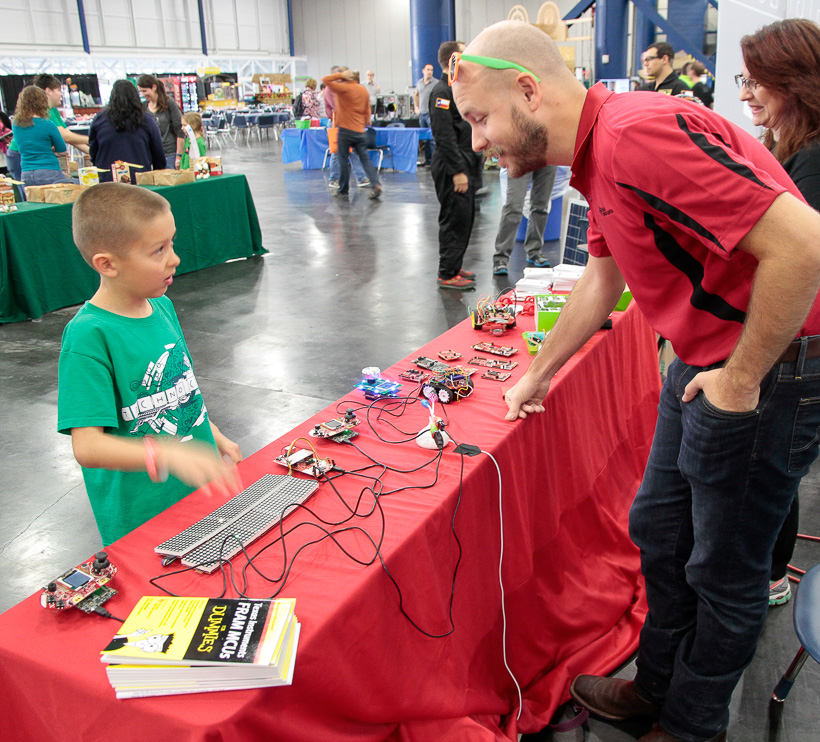
From my twitter account: "A young engineer telling @yertnamreg & @universiTI what he'd do w/ a @txinstruments Launchpad at @HouMaker #mfh2015"
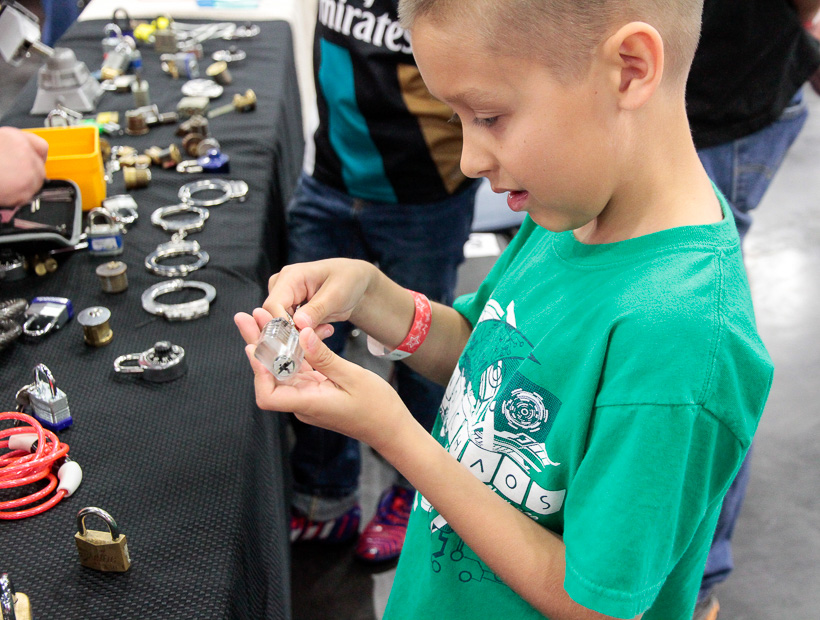
From my twitter account: "Alex (9yo) successfully picked a one & two-pin lock today @HouMaker thanks to @dc713hou #hmf2015"
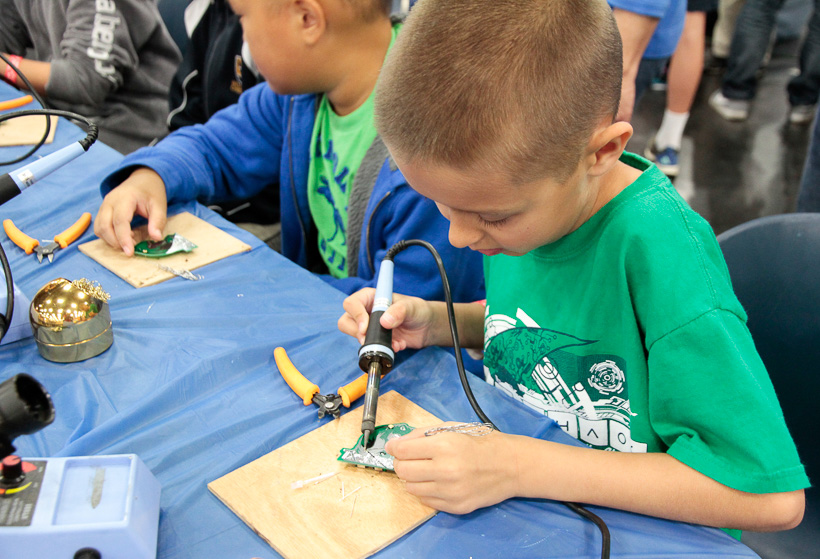
Alex practicing his soldering skills at the 2015 Houston Mini Maker Faire at the George R. Brown Convention Center.
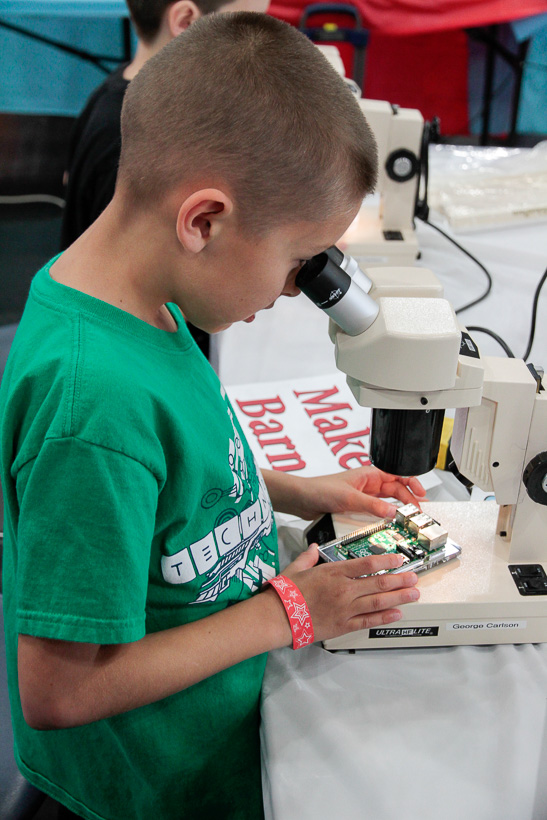
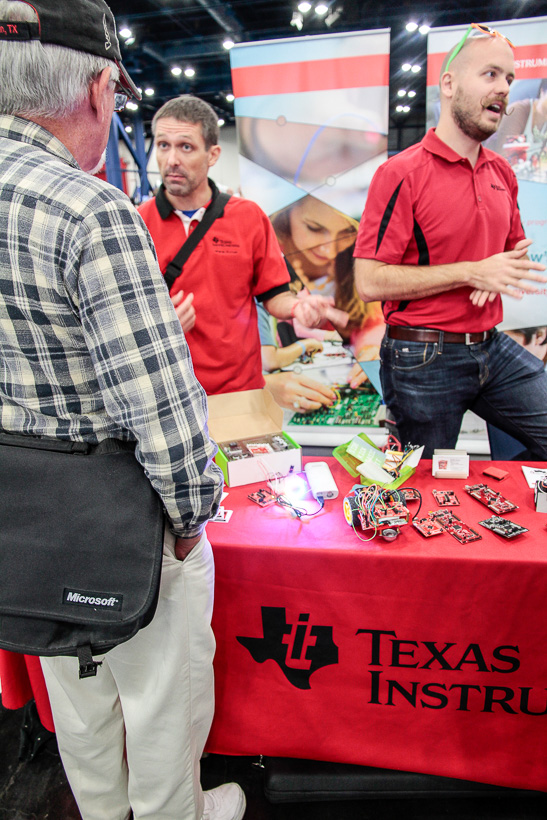
Dad helping out Trey German at the TI booth at the 2015 Houston Mini Maker Faire.
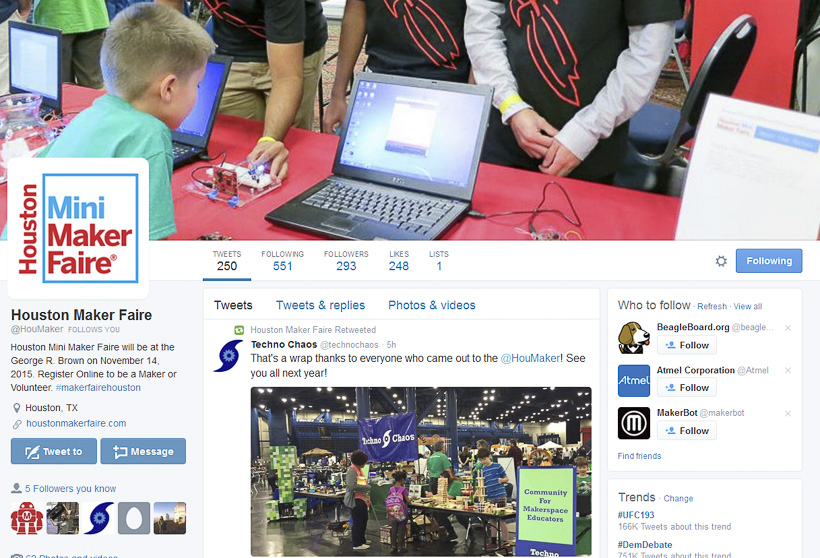
The Houston Maker Faire's (@MakerFaireHou) Twitter page on the days up to and including November 14th. Notice someone? I think this was a photo taken at the 2014 Maker Faire Houston at the Stafford Centre.
October 31, 2015
A rotor from a universal motor from a vacuum cleaner. Universal motors can run with AC or DC.
September 8, 2015
Normally on an Arduino Uno, you can't output a voltage except for 0 volts (LOW) and 5 volts (HIGH). You can pulse-width modulate, but that is still alternating (very fast) between 0 and 5 volts. Alex and I figured out how to make a quick-and-dirty digital to analog converter (DAC) out of a resistor and capacitor to get values in between 0 and 5 volts. Technically, this circuit is called a single-pole low-pass filter. Alex made his DAC out of two Snap Circuit parts.
Helpful links:
- http://www.instructables.com/id/Analog-Output-Convert-PWM-to-Voltage/
- http://www.avdweb.nl/arduino/hardware-interfacing/super-simple-dac.html
- http://provideyourown.com/2011/analogwrite-convert-pwm-to-voltage/
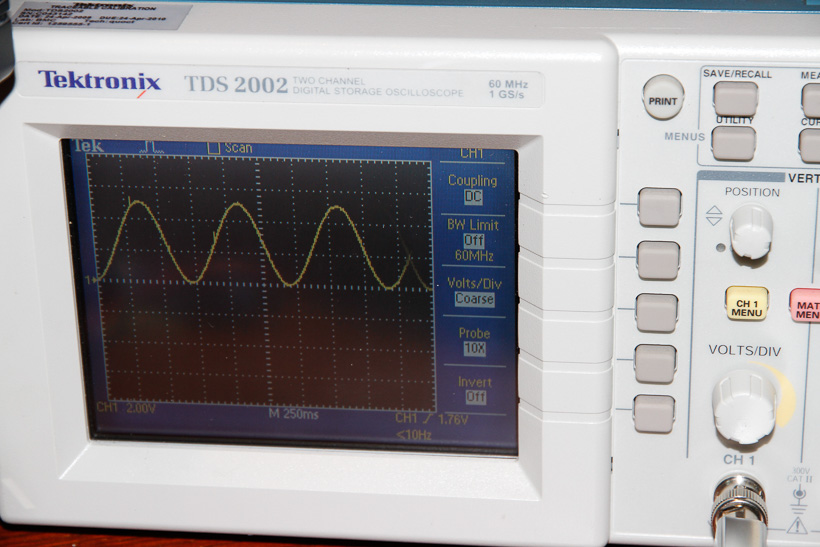
The output of the DAC.
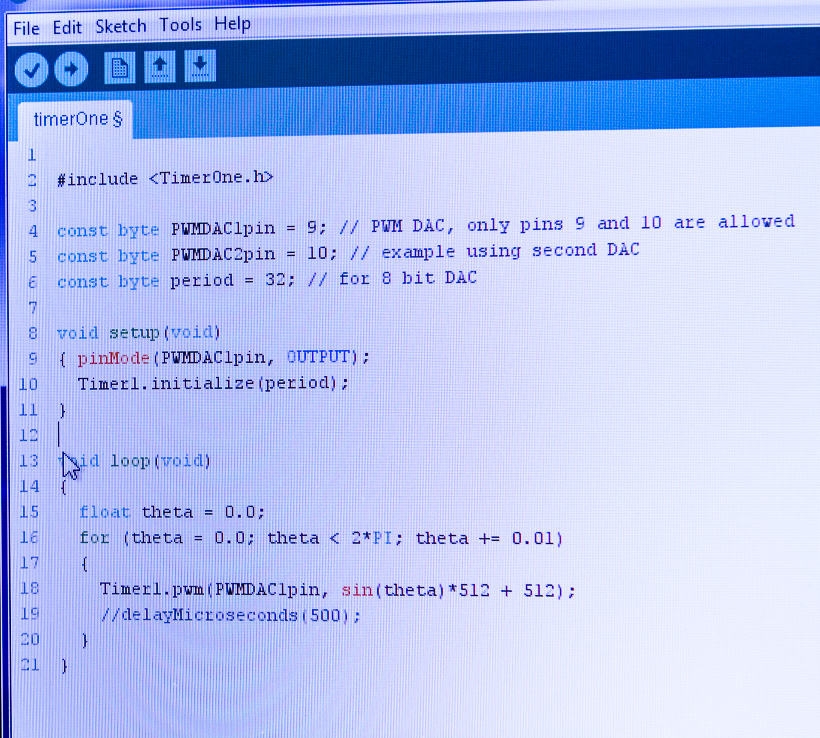
Code for the pulse-width-modulated output that the DAC will turn into a sine wave.
Alex and I figured out how to spin a motor from a hard-drive. It is not as simple as just applying voltage because the motor is a "three phase" motor. You have to alternate voltage through the three windings with increasing frequency to get the motor to spin. We did this using an Arduino Uno and some simple code.
September 7, 2015
We received a digital oscilloscope from a great gentleman this weekend. Alex and I have been having fun learning about how to use it.
September 2, 2015
August 30, 2015
Alex and I made a musical instrument out of the capacitive sensing Bare Conductive board and a few alligator clips connected to various conductive items.
July 26, 2015
June 7, 2015
Alex finally completed his robot arm. There was a lot of assembly.
You can play and look at the code for Alex's Scratch game shown in this video by clicking here.
May 6, 2015
We programmed an Adafruit NeoPixel Ring (16 elements) today with an Arduino Uno. These individually-addressable RGB LEDs are really bright. The capacitor is to guard against inrush current and the resistor on the data line is to protect the first LED in the chain from voltage spikes.
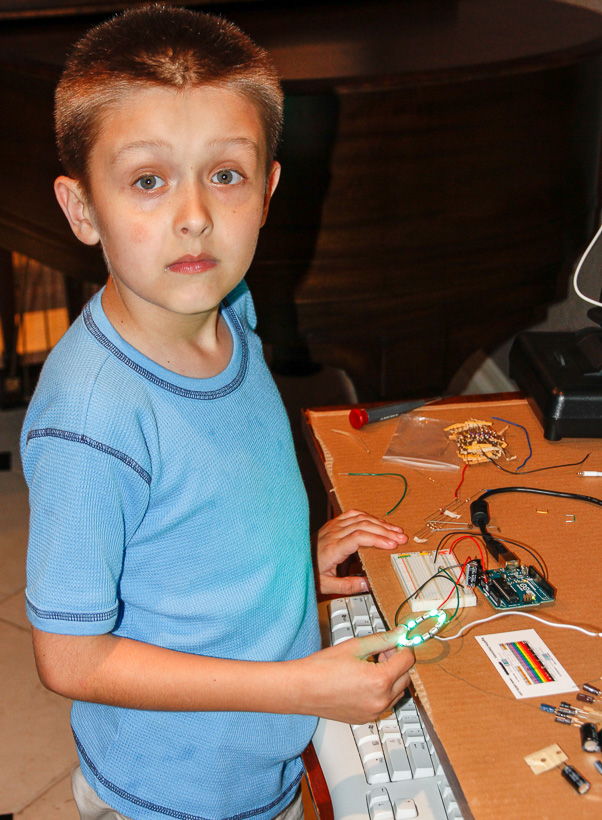
May 2, 2015
We built an 14 watt op-amp kit from vakits.com. We powered this 8-Ohm speaker and later another larger 8-Ohm taken speaker from a guitar amplifier.
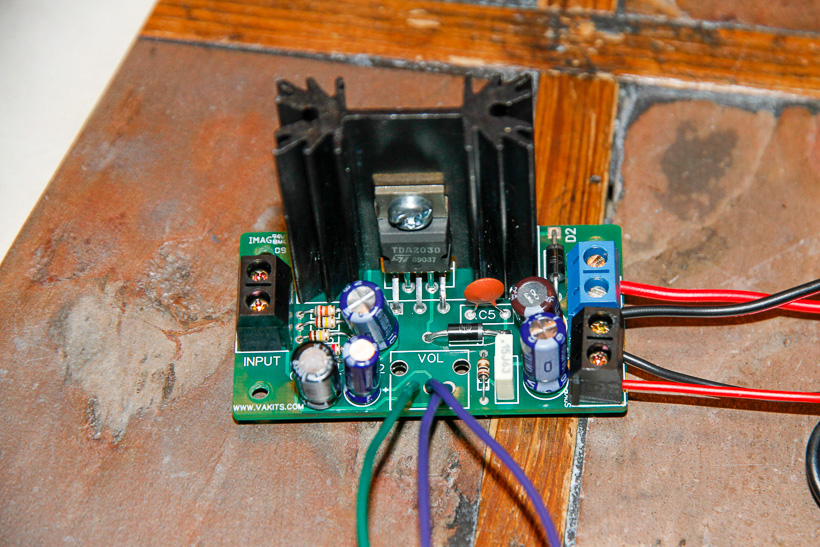
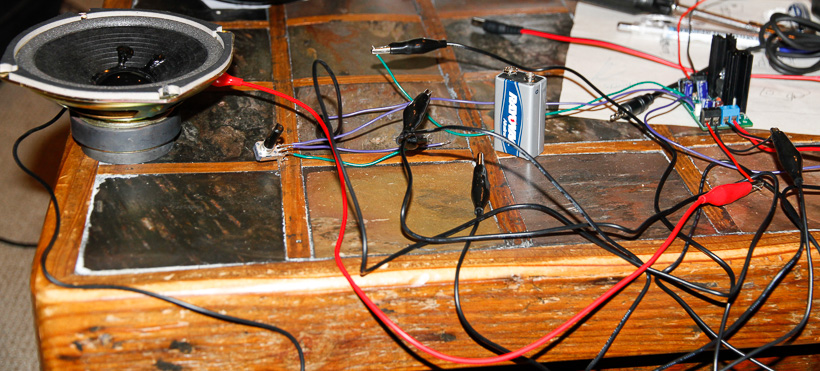
More photos:
- May 2015-May 2016
- Jan-Apr 2015
- Sep-Dec 2014
- Mar-Aug 2014
- Sep-Dec 2013
- Jul-Aug 2013
- May-Jun 2013
- Mar-Apr 2013
- Jan-Feb 2013
- Nov-Dec 2012
- May-Oct 2012
- April 2012
- Mar 2012
- Jan-Feb 2012
- December 2011
- November 2011
- October 2011
- September 2011
- August 2011
- July 2011
- June 2011
- May 2011
- April 2011
- March 2011
- February 2011
- January 2011
- December 2010
- November 2010
- October 2010
- September 2010
- August 2010 trip to Colorado
- July 2010 trip to Wisconsin
- May-June 2010
- April 2010
- March 2010
- January-February 2010
- November-December 2009
- October 2009
- July-September 2009
- June 2009
- May 2009
- April 2009
- March 2009
- February 2009
- January 2009
- December 2008
- November 2008
- October 2008
- September 2008
- August 2008 trip to Washington
- July 2008 trip to Wisconsin
- June 2008
- June 2008
- May 2008
- April 2008
- March 2008
- February 2008
- January 2008
- December 2007
- November 2007
- October 2007
- September 2007
- August 2007
- 2007 Summer Vacation
- July 2007
- June 2007
- May 2007
- April 2007
- March 2007
- February 2007
- January 2007
- December 2006
- December 2006, Christmas
- October and November 2006
- August and September 2006
- At the hospital
- In utero


